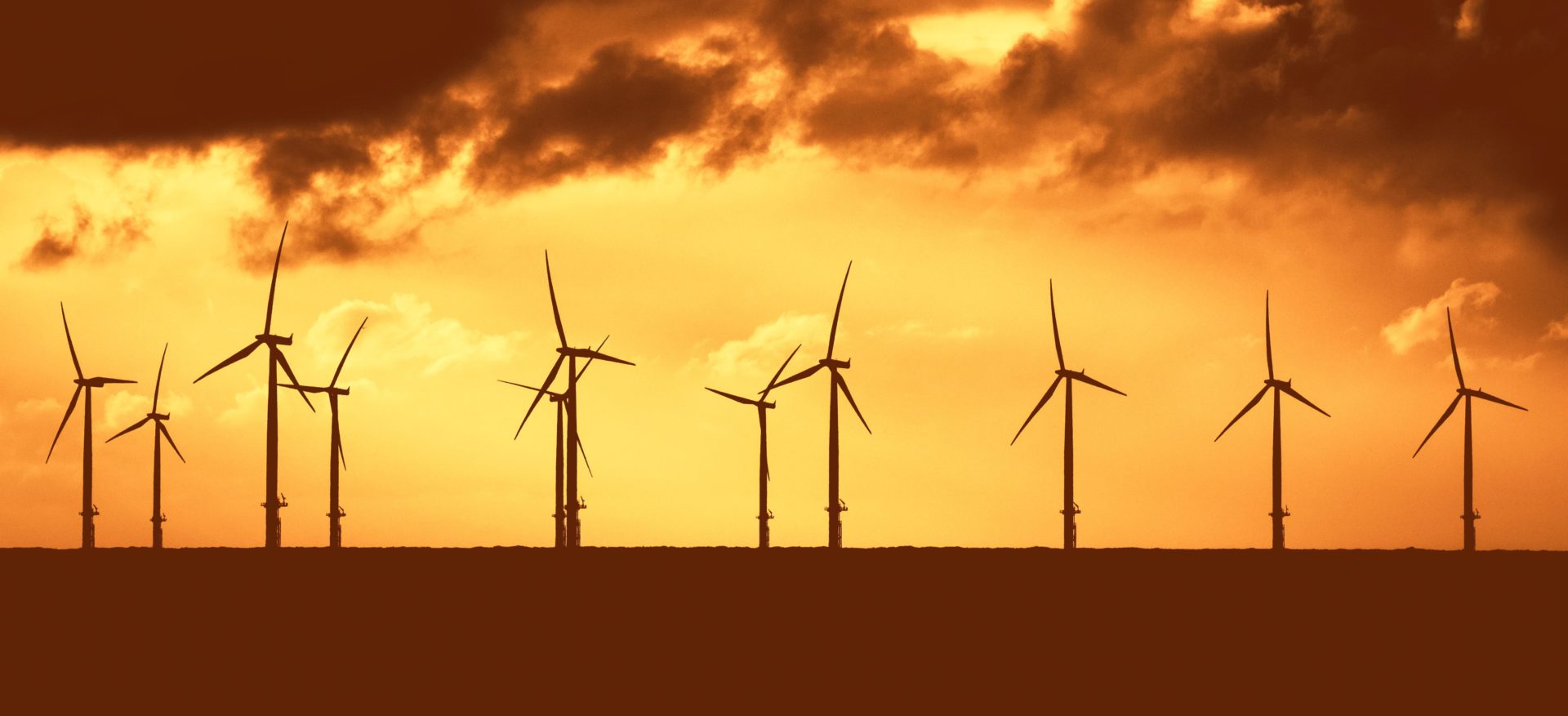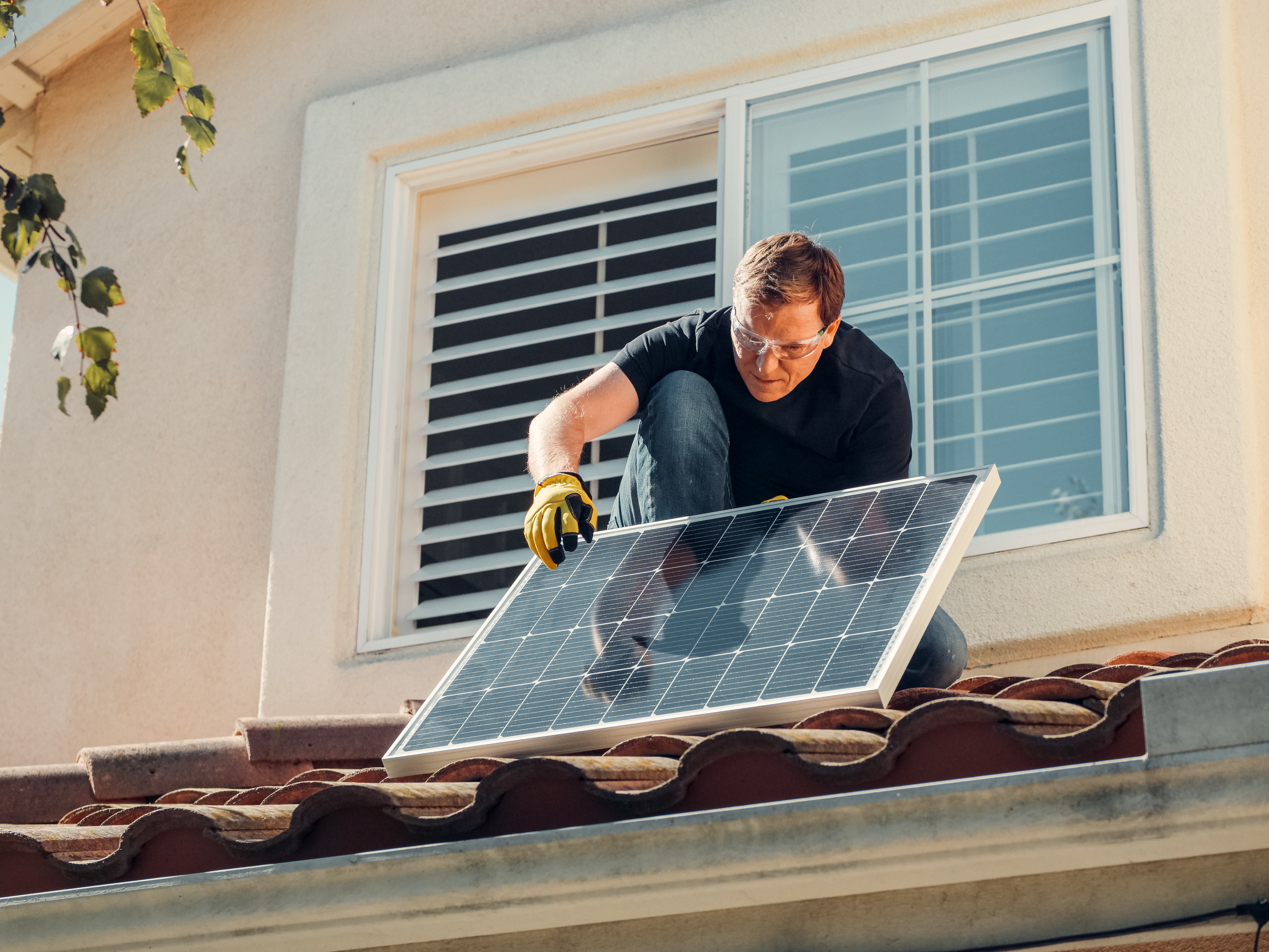Ireland should consider building small nuclear reactors to combat climate change, a report has urged.
In 2022, an estimated 36.8% of Irish energy came from renewable sources and that figure is forecast to increase further in the years ahead.
However, the Irish Academy of Engineering has recently released a report raising concerns that the Government is placing too much emphasis on solar and wind.
Speaking to The Pat Kenny Show, the organisation’s Energy and Climate Action Committee Chair Eamonn O’Reilly said the country will need a more diverse energy mix.
“There is this fundamental issue of intermittency,” he said.
“It gets talked about very frequently; we all know it’s there and what intermittency is at nighttime there’s no solar.
“During the month of May there would have been very little wind on some days.
“So, you need to have some technology that’s going to back up solar and wind.”
 An offshore windfarm in the north of England. Image: Islandstock / Alamy Stock Photo
An offshore windfarm in the north of England. Image: Islandstock / Alamy Stock PhotoIn 2023, the Government published its National Hydrogen Strategy and the country’s first ammonia power plant project was signed off on.
Mr O’Reilly said there is “nothing wrong” with exploring the use of ammonia and hydrogen but the technology is still very much in its infancy.
“The key thing is though it is just not known whether these things are going to be feasible,” he said.
“If they turn out to be feasible, they might not be viable - they might be very, very expensive.
“So, the purpose of our report today is to identify weaknesses in energy policy in Ireland.
“We’re riding one horse which may not get to the finish line; the view of the academy is that we should be preparing for the possibility that hydrogen doesn’t work as a means of backing up renewables.”
 Solar panels on a roof. Image via Pexels.com
Solar panels on a roof. Image via Pexels.comThe British Government plans to build a number of Small Modular Reactors (SMRs) in the coming years in order to reduce its carbon footprint.
However, nuclear fission is currently banned in Ireland and Mr O’Reilly said this should be reconsidered.
“Ireland should be preparing for the possibility of small modular reactions in case we end up needing them when we find ourselves in a bind,” he said.
As electricity and transport are decarbonised, Mr O’Reilly said the country will need an “awful lot more” electricity and SMRs could help generate it.
“We wouldn’t put a figure on how many we might need,” he said.
“One or two certainly would not be enough; in the report, we use a figure for maximum demand in Ireland of around 12,000 megawatts by 2050.
“Today, that’s about 5,500.”
Opponents of nuclear power have described it as inherently dangerous - citing the Chernobyl disaster of 1986.
However, Mr O’Reilly believes the technology is “tried and tested” and safely generates zero-carbon power for millions around the world.
Main image: A Nuclear power station.









